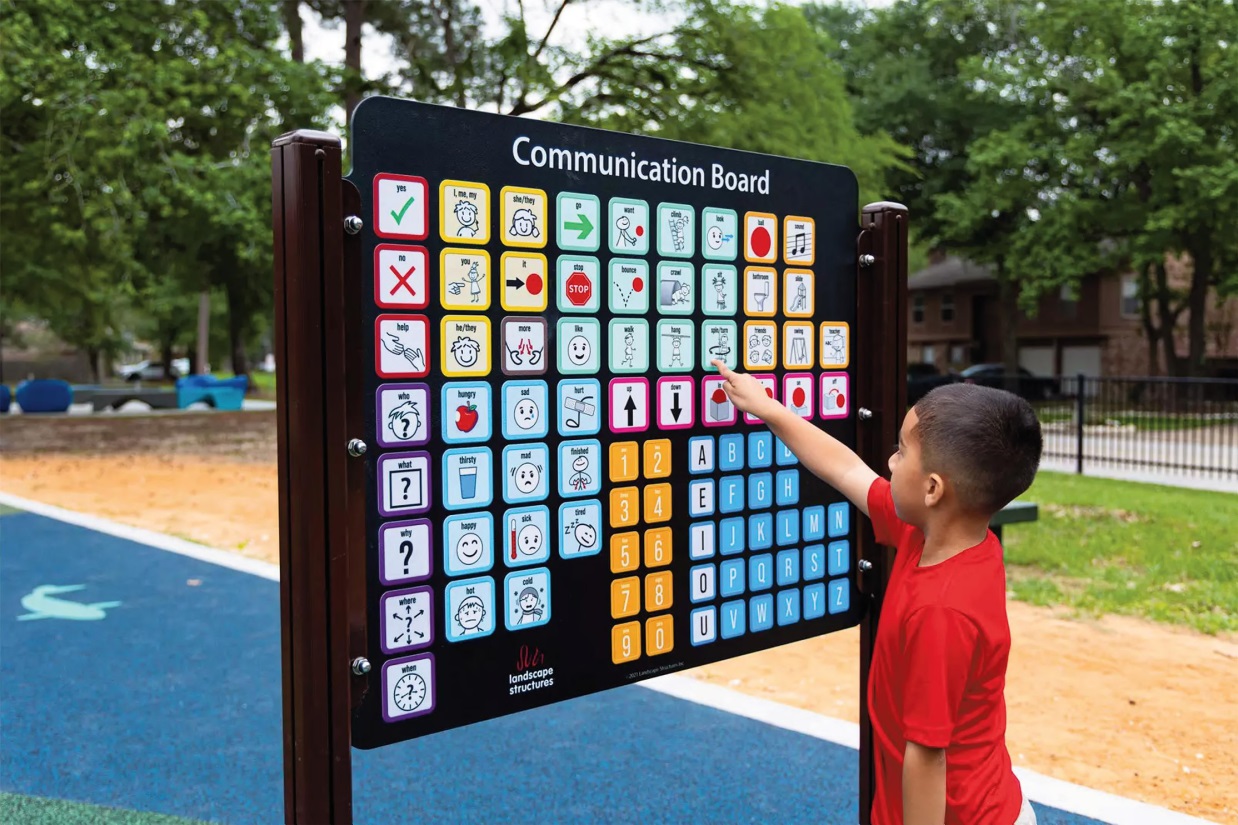FAIR PLAY

BY JILL MOORE
How playgrounds are becoming more inclusive for kids with vision and hearing disabilities.
When kids go to a playground, they do more than just play. They learn how to interact with others. They enjoy moments of freedom from their parents. And they build key developmental skills. But if you're the parent of a child with vision or hearing disabilities, you know these opportunities to play and grow aren't the same for everyone. Because for too long, playgrounds – even those deemed accessible – have focused mostly on orthopedic disabilities.
Author's note: In recognition of the varying language preferences across the disability community and experience, throughout this article I've used person-first language (i.e. children with disabilities) and identity-first language (i.e. disabled children) interchangeably.
The good news is, that's changing. Thanks to the work of inclusive play advocates and greater use of inclusive design practices, playgrounds are evolving to better meet the needs of the greater disabled community. Now, more kids with vision and hearing disabilities can play like – and with – everyone else.